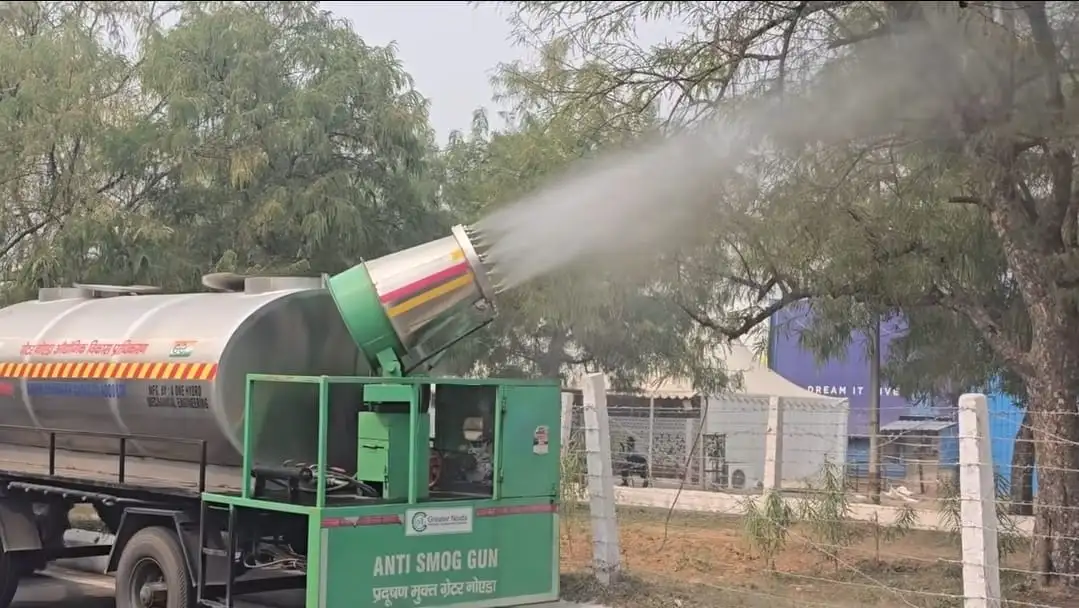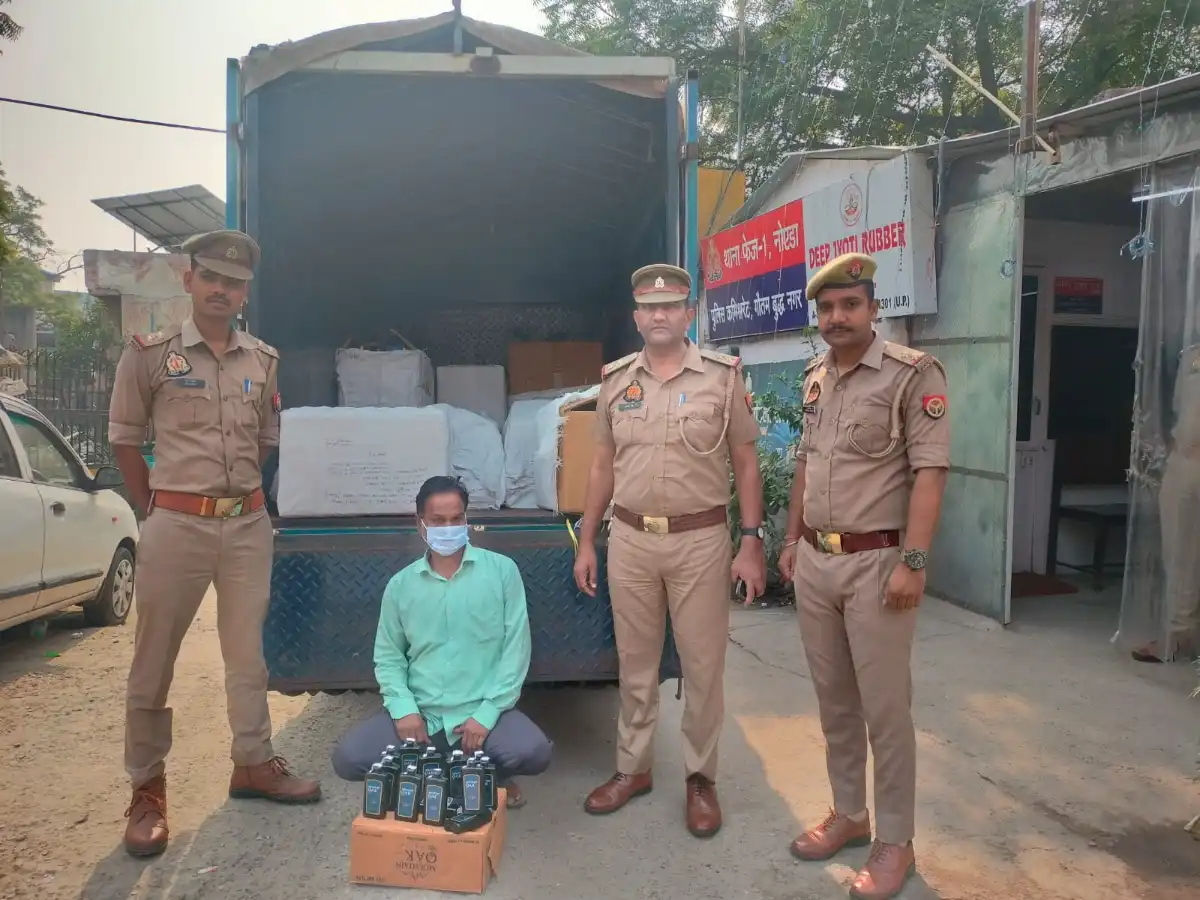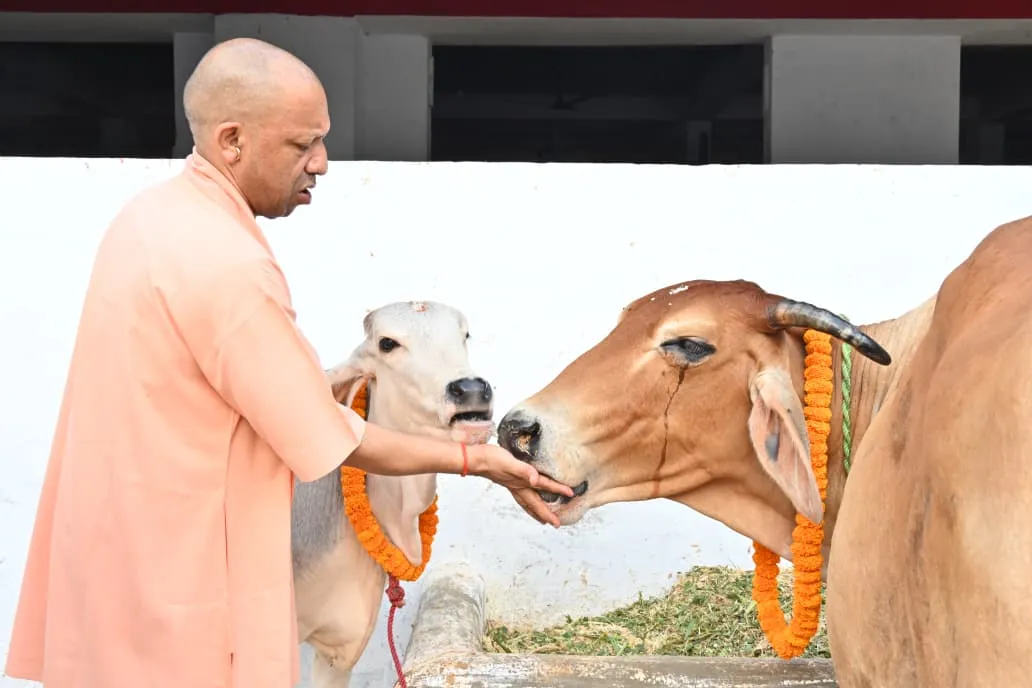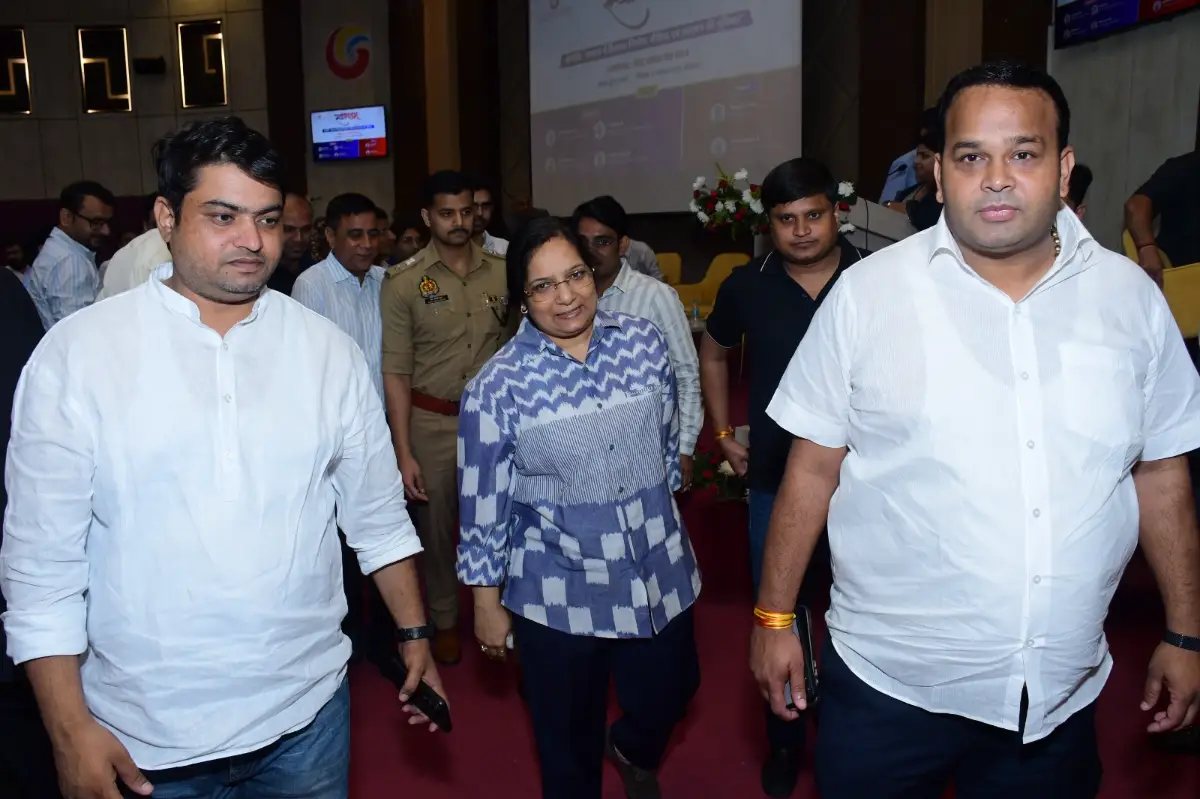ISRO's 'Pushpak' Achieves Major Milestone In The Reusable Launch Vehicle Technology Sector. Know Significance
The Indian Space Research Organisation (ISRO)'s reusable launch vehicle prototype 'Pushpak', a winged vehicle, has achieved a major milestone. Also known as the reusable launch vehicle technology demonstrator (RLV-TD), Pushpak demonstrated autonomous landing on a runway after being released by a helicopter from a certain altitude. The experiment, conducted at 7:10 am IST on March 22, 2024, at the Aeronautical Test Range (ATR) in Chitradurga, Karnataka, was the second leg of ISRO's reusable launch vehicle autonomous landing mission (RLV LEX).
Therefore, the experiment is called RLV LEX-02. The spacecraft is indigenously developed.
The first leg of the mission was successfully completed on April 2, 2023.
As part of RLV LEX-02, a Chinook helicopter from the Indian Air Force (IAF) carried Pushpak to an altitude of 4.5 kilometres, and released it in a way such that the initial conditions were off-nominal, in order to evaluate how the spacecraft would perform in unfavourable situations.
After making complex manoeuvres, Pushpak successfully landed on the runway of the test range, in a fully autonomous mode.
At the time of its mid-air release, Pushpak was at a horizontal distance of four kilometres from the runway. Since it was released from an off-nominal position, Pushpak performed cross-range (perpendicular to the direction of flight) corrections, and autonomously approached the runway.
After making a precise landing on the runway, Pushpak came to a halt with the help of its brake parachute, landing gear brakes, and a nose wheel steering system. According to a 2021 study published in Sage Journals, a nose wheel steering system is used to correct small deflection angles during high speed taxiing (the movement of an aircraft on a runway), or to turn at large angles when taxiing is slow.
ISRO achieved optimal results in terminal phase manoeuvring, landing and energy management, in a fully autonomous mode. This is crucial to the success of future orbital reentry missions.
In the future, ISRO aims to send a reusable launch vehicle to space, and bring it back to Earth. Therefore, RLV LEX-02 simulated the approach as well as high-speed landing conditions that the vehicle will be subject to when returning from space.
The success of this experiment is significant because it is testament to the fact that ISRO re-validated indigenously developed technologies in the sectors of control systems, deceleration systems, navigation, and landing gear, all of which are important to achieve autonomous landing of a vehicle returning from space at a high speed.

















.webp)

